Idrw Team
SOURCE: IDRW.ORG TEAM.
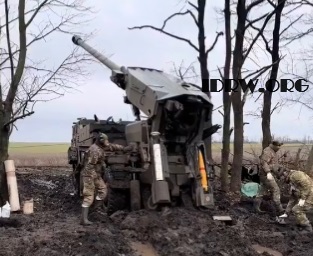
Indian-manufactured 155mm artillery shells have once again been spotted in use by Ukrainian forces, this time in a video showcasing Caesar self-propelled artillery systems firing them. This raises questions about India’s neutrality in the ongoing conflict, as the government has officially denied directly supplying weapons to either side.
The shells in question are the 155MM HE ERFB BB, produced by Munitions India Limited (MIL). They are known for their extended range and accuracy, and Ukrainian troops have reportedly praised their “superior quality.”
Continue readingSOURCE: IDRW.ORG TEAM
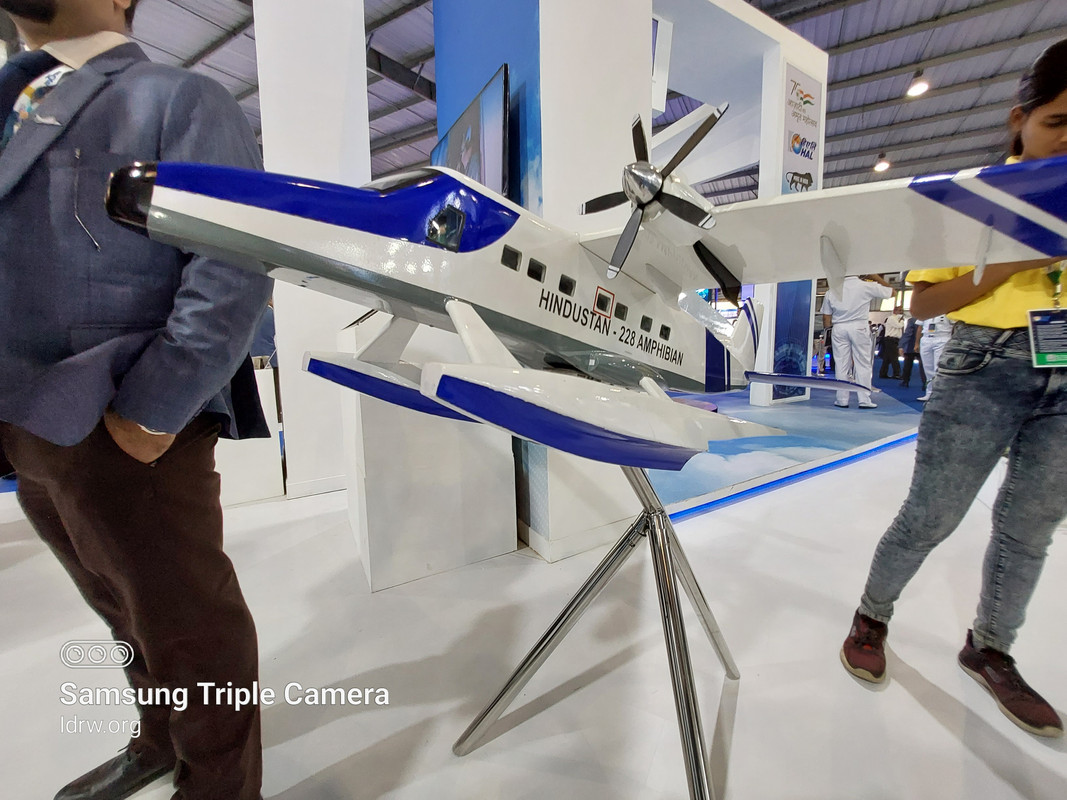
Hindustan Aeronautics Limited (HAL), India’s state-owned aerospace and defense giant, has set its sights on a new horizon: the Hindustan 228 Amphibian. This ambitious project aims to develop a civilian variant of the Dornier Do-228 seaplane, addressing the need for efficient connectivity between India’s mainland and its island chains.
India boasts a vast coastline dotted with strategically important islands, including the Andamans and Nicobars in the Bay of Bengal and the Lakshadweep islands in the Arabian Sea. However, accessing these islands often presents logistical challenges, with travel options mainly limited to ships and helicopters. The Hindustan 228 Amphibian has the potential to revolutionize island connectivity, offering a faster, more weather-independent, and cost-effective solution.
Continue readingSOURCE: IDRW.ORG TEAM
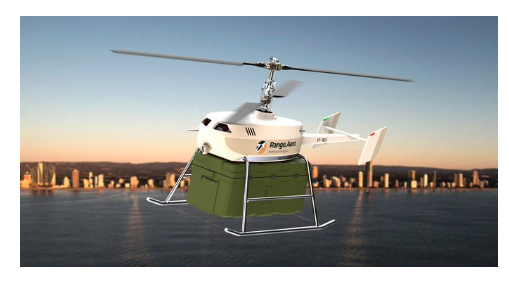
Range Aero, a Bengaluru-based drone startup, has set its sights on revolutionizing short-haul logistics with the unveiling of the Jestar Logistics drone. This autonomous freight helicopter promises to transform how goods are delivered, particularly in remote or challenging environments.
Jestar boasts an impressive range of 200 kilometers and a payload capacity of 150 kilograms, making it well-suited for various applications. Imagine delivering essential supplies to disaster-stricken areas, transporting medical equipment to remote villages, or efficiently restocking inventory in inaccessible locations – the Jestar’s capabilities open up a world of possibilities.
Continue readingSOURCE: IDRW.ORG TEAM.
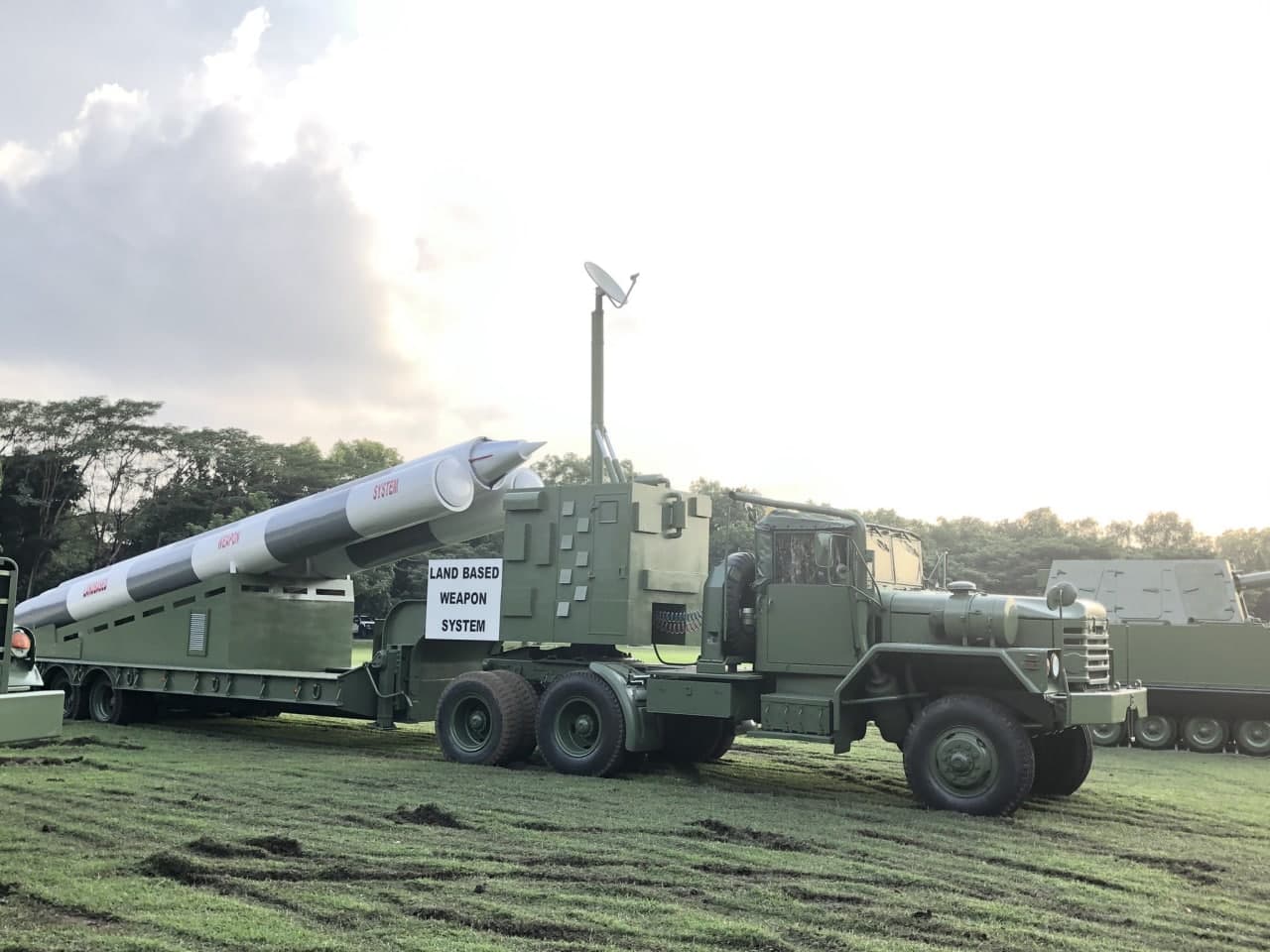
The highly anticipated delivery of BrahMos supersonic cruise missiles to the Philippines has been pushed back, but not due to any technical or production issues. According to General Manager for Market Promotion & Export of BrahMos Aerospace Praveen Pathak, the delay stems from challenges faced by the Philippines in preparing missile deployment sites.
Pathak attributed the postponement to “strong monsoons” in the Philippines, which hampered construction work on the designated missile deployment sites. He assured that the construction is expected to be completed within two months, paving the way for immediate deliveries.
Continue readingSOURCE: IDRW.ORG TEAM
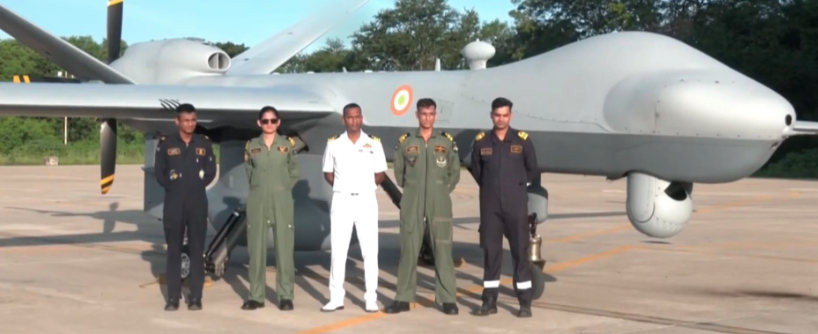
India’s ambitious plan to procure MQ-9B drones, initially met with skepticism due to their high cost, has gained significant traction within the Indian military thanks to the successful performance of two leased units. This development could mark a turning point in India’s defense capabilities, particularly for maritime surveillance and border security in the Indian Ocean Region (IOR) and along the Himalayan border with China.
The proposal to acquire MQ-9B drones, carrying a hefty price tag of over $100 million per unit, faced resistance from both the Indian Army and Air Force. However, the deployment of two leased MQ-9Bs by the Indian Navy reportedly played a pivotal role in changing their perspective.
Continue readingSOURCE: IDRW.ORG TEAM.

Zen Technologies Limited, a leading provider of simulators for weapons and defense equipment, made a splash at the recent World Defense Show in Saudi Arabia. The company showcased its state-of-the-art Combat Training Solutions and Counter Drone Technology, impressing attendees with its commitment to precision, innovation, and enhanced combat readiness.
Zen’s exhibit highlighted its latest advancements in live fire, live instrumented, virtual, and constructive training systems. These solutions provide military and security forces with realistic training scenarios that improve their skills and prepare them for real-world challenges. The company’s Counter Drone Technology also attracted significant interest, showcasing its ability to detect, track, and neutralize drone threats, thus strengthening homeland security measures.
Continue readingSOURCE: IDRW.ORG TEAM
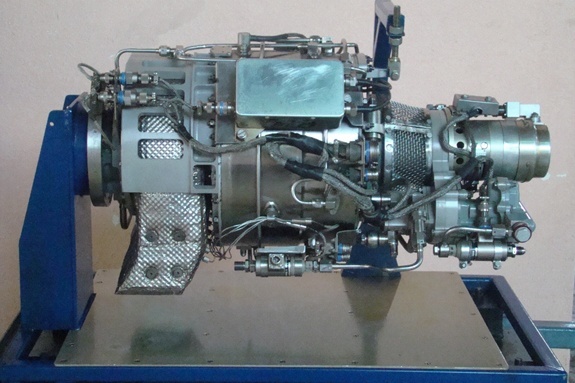
In a significant push towards self-reliance in critical defence technologies, Hindustan Aeronautics Limited (HAL) and Aeronautical Development Establishment (ADE) have joined forces to design and develop an indigenized variant of the GTSU-110M2 jet fuel starter. This upgraded starter will be specifically tailored for the Kaveri dry engine, a crucial component of the RPSA (Ghatak) fighter aircraft program.
The current GTSU-110M2 is a 110 kW power turbo shaft engine that serves as the jet fuel starter for the Light Combat Aircraft (LCA) Tejas. This collaboration between HAL and ADE aims to leverage the expertise gained from the GTSU-110M2 program to create a more advanced variant specifically optimized for the Kaveri engine’s unique requirements.
Continue readingSOURCE: IDRW.ORG TEAM

In a resounding victory for Indian innovation, Whizbee Technologies has emerged as the champion of the Defence India Start-up Challenge (DISC 9). Their solutions for secure data transfer in air-gapped networks and a browser plug-in to detect phishing emails impressed judges, earning them the opportunity to co-create with the Indian Defence and contribute to safeguarding national security.
This triumph comes at a crucial juncture, as the digital landscape undergoes rapid transformation. With cybersecurity threats and challenges no longer confined to the digital realm, they have become paramount concerns for national security. The Ministry of Defence (MoD), recognizing the gravity of the situation, actively seeks to harness cutting-edge technologies and foster innovation and R&D within India’s cyber domain.
Continue readingSOURCE: IDRW.ORG TEAM
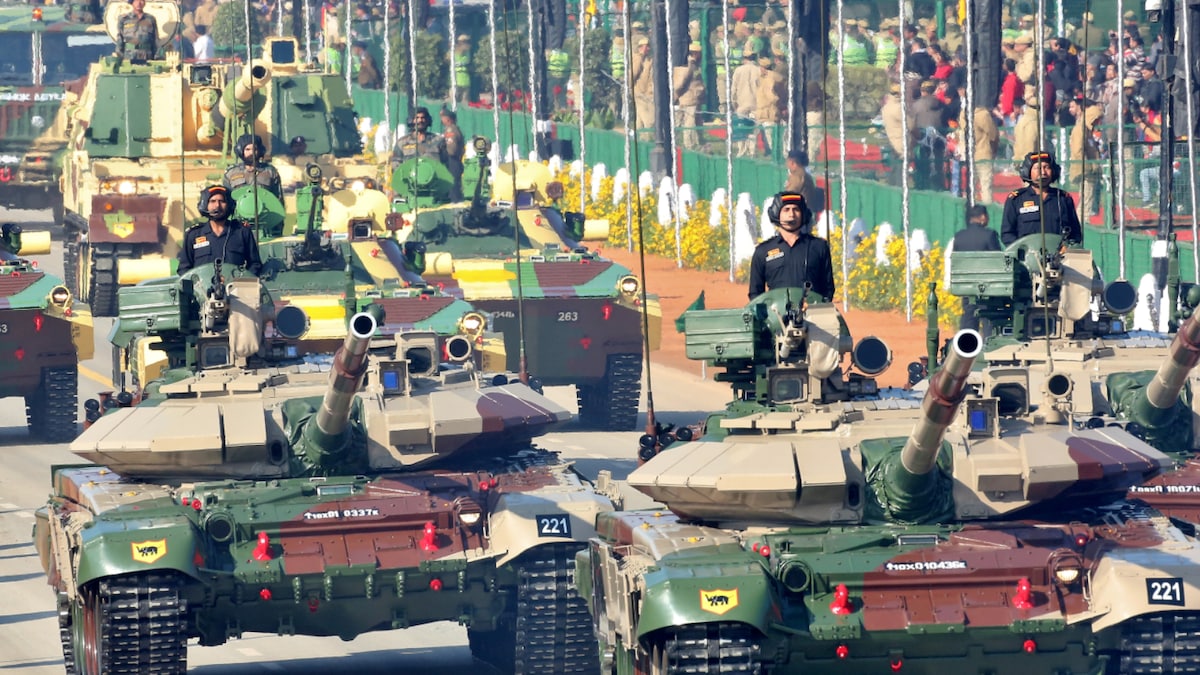
A tug-of-war is brewing between the Indian Armed Forces and the Ministry of Defence (MoD) over the continuation of emergency procurement powers granted after the 2016 Uri attack. These powers were designed to bypass the notoriously slow bureaucratic process and expedite critical acquisitions amid heightened security concerns.
The Army, Navy, and Air Force argue that emergency procurement has been crucial in plugging critical capability gaps and ensuring operational readiness, particularly along the volatile borders. They highlight the streamlined procedures, faster decision-making, and flexibility in choosing vendors as key advantages. Recent deals for Light Specialist Armoured Vehicles and anti-drone systems are cited as successes facilitated by these powers.
Continue readingSOURCE: IDRW.ORG TEAM

In a major boost for India’s burgeoning space technology sector, iDEX (Innovation for Defence Excellence) has awarded the coveted DSIC 8 Challenge to SISIR Radar. Their winning proposal? A revolutionary duo of technologies – an L/P band Continuous Wave SAR payload and an Origami-based unfurlable antenna – both designed for use in Low Earth Orbit (LEO) small satellites.
The L/P band Continuous Wave SAR payload promises to be a game-changer in satellite radar technology. This powerful system can penetrate obstacles like clouds, rain, and foliage, providing unparalleled all-weather, day-and-night Earth observation capabilities. This opens up a vast array of potential applications, from disaster management and weather forecasting to resource exploration and maritime surveillance.
Continue readingSOURCE: IDRW.ORG TEAM
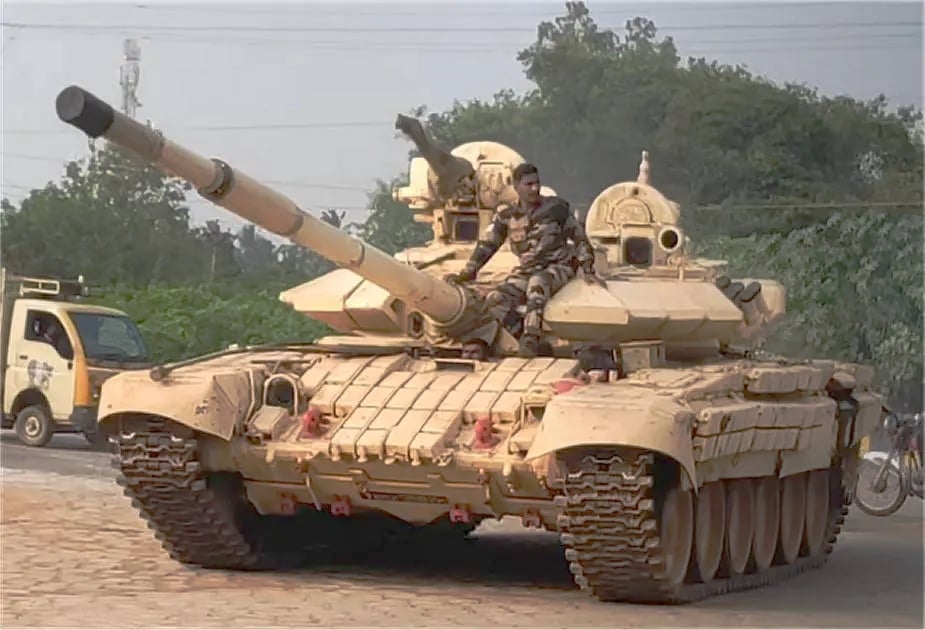
Sensing an opportunity after Russia’s T-72 struggles in Ukraine, India has unveiled the Atharva, a hybrid tank merging the T-72 chassis with the T-90’s more powerful turret. This upgrade boosts firepower, armor, and situational awareness, potentially addressing concerns raised by the war.
The T-90 turret brings increased firepower, thicker armor, and improved situational awareness, making the Atharva a more formidable opponent. India could offer this modernization package to other T-72 users seeking to revitalize their fleets without replacing them entirely.
Continue readingSOURCE: IDRW.ORG TEAM

The 2nd India-Kenya Defence Exhibition & Seminar was held in Nairobi from January 30-31, 2024. The event was co-organized by the Kenyan Defence Forces (KDF) and the High Commission of India (HCI). Kenyan Defence Minister, Hon. Aden Duale, EGH, and Vice Chief of Defence Forces, KDF Lt. Gen J Mwangi, were among the attendees.
More than 21 Indian defence manufacturers showcased their products at the event, including armored vehicles, weapons, and ammunition. Indian companies also gave live demonstrations of their latest technologies.
Continue readingSOURCE: IDRW.ORG TEAM
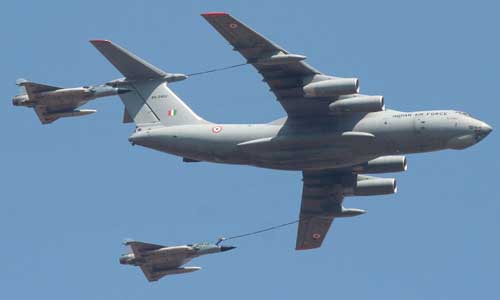
The Indian Air Force (IAF) is looking to significantly expand its fleet of Flight Refuelling Aircraft (FRA) to enhance the operational range and flexibility of its fighter jets. This move comes amidst a focus on bolstering India’s airpower capabilities, particularly in light of potential two-front scenarios.
Currently, IAF fighter jets often operate from high-altitude airfields due to their all-weather capabilities. However, these airfields have limitations on the weight of weapons that can be carried due to thinner air at higher altitudes. By deploying FRAs, fighter jets can refuel mid-air, allowing them to take off from hinterland airfields with their full payload and extend their operational range deep into enemy territory.
Continue readingSOURCE: IDRW.ORG TEAM

Indian micro-turbojet engine startup Dg Propulsion Private Limited (DPPL) has achieved a major milestone in the country’s quest for self-reliance. The company successfully completed endurance test runs of its indigenously developed J40 jet engine, marking a significant step towards its potential integration into various applications.
The J40 engine, powered by DPPL’s in-house-developed Electronic Control Unit (ECU), has demonstrated impressive capabilities during testing. Notably, it has consistently cruised at a remarkable 84,000 rpm, showcasing its stability and power. This achievement bodes well for the engine’s potential applications in unmanned aerial vehicles (UAVs), drones.
Continue readingSOURCE: IDRW.ORG TEAM
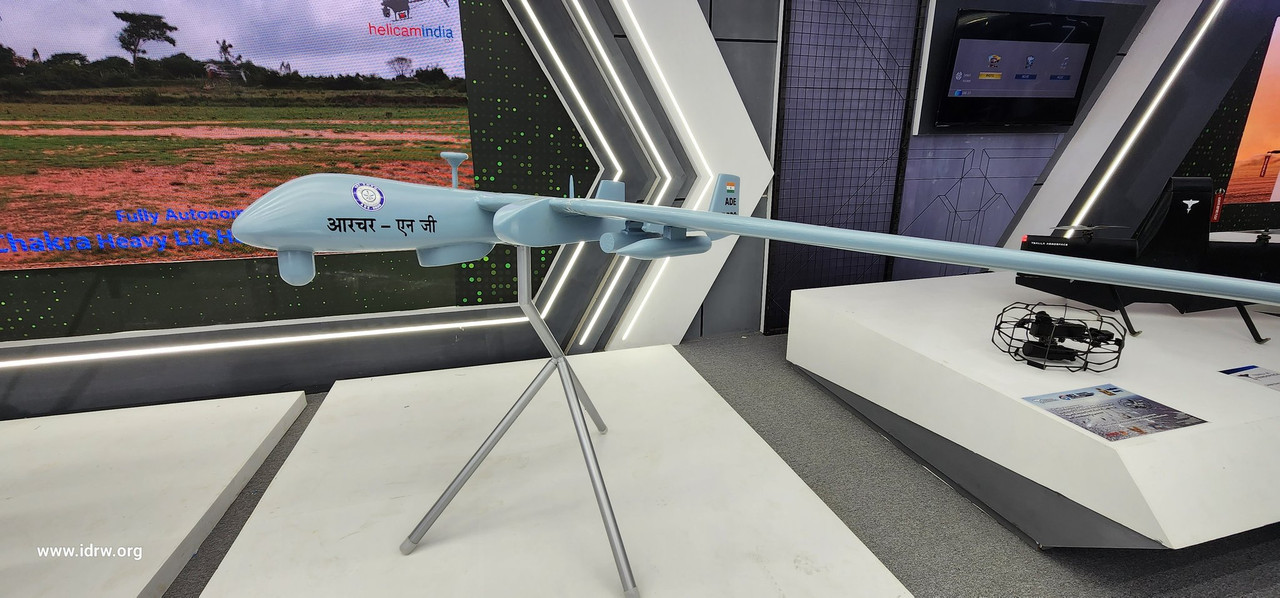
The Indian Air Force (IAF) is gearing up for a new era of aerial warfare, setting its sights on armed Unmanned Aerial Vehicles (UAVs) to bolster its offensive capabilities. Air Chief Marshal VR Choudhary recently announced the IAF’s interest in acquiring larger UAV platforms capable of carrying out targeted strikes, marking a significant shift in the country’s defense strategy.
This move comes amid the IAF’s satisfaction with the domestic development of smaller drone technologies. “We are happy with the development of swarm drones and loitering ammunition by private sector companies,”. Several orders have already been placed for these agile and cost-effective options, ideal for reconnaissance, surveillance, and close-range attacks.
Continue reading